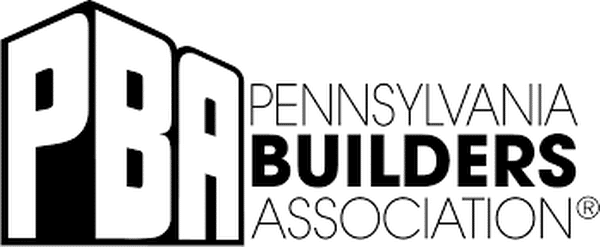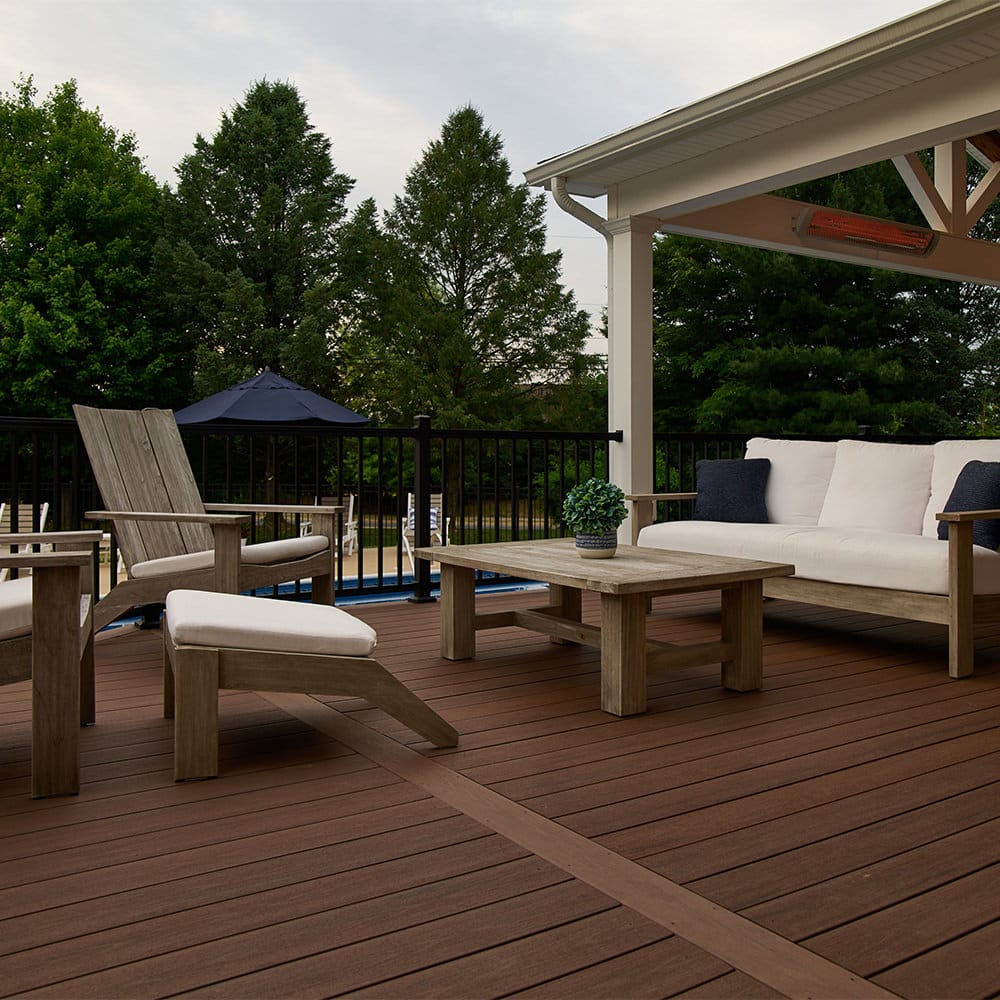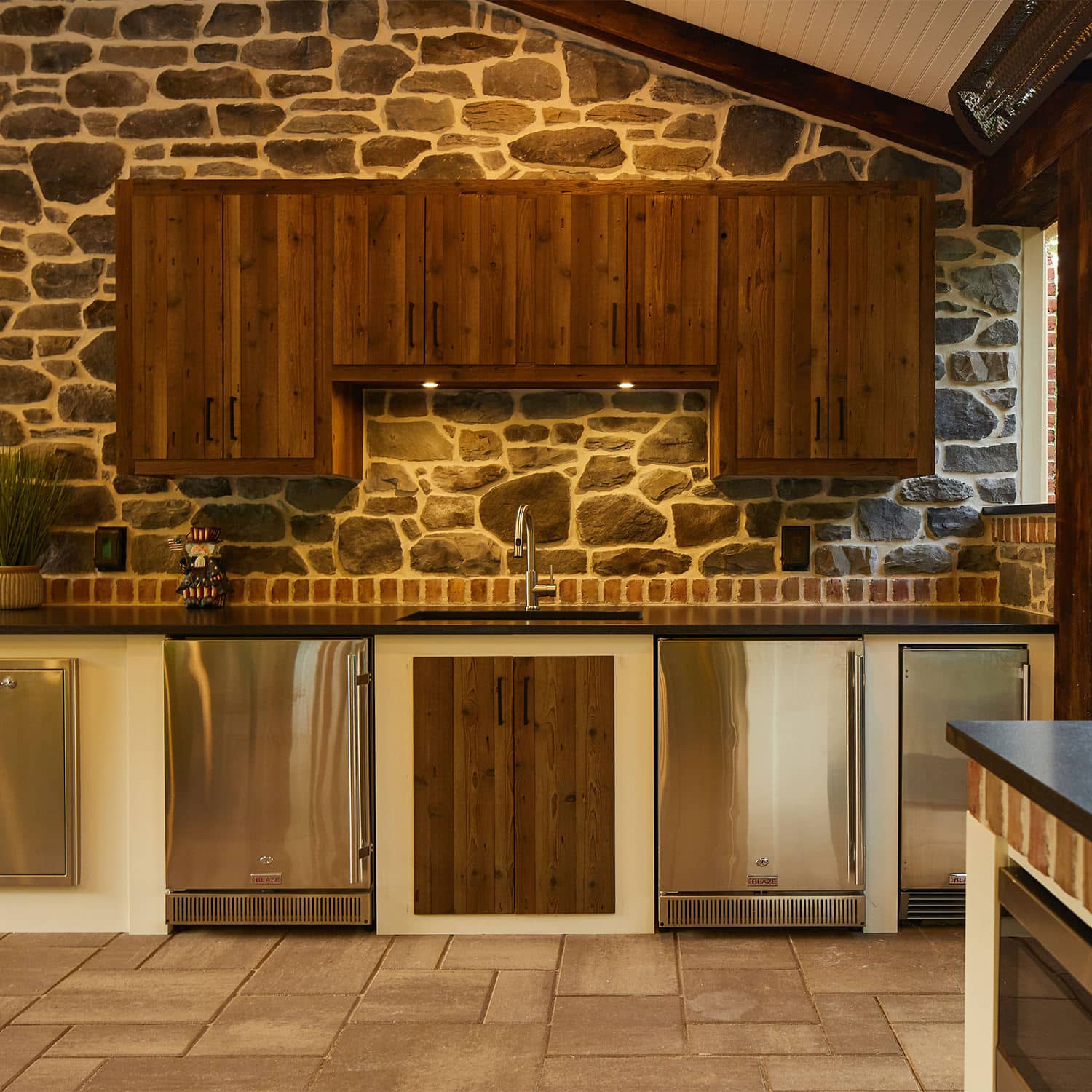Firewood storage tips
Posted November 29, 2018 in Landscape Maintenance
If you have a wood-burning fireplace or fire pit, you surely are going to need firewood. And where there is firewood, there should be tidy, efficient and proper firewood storage. To some, throwing fallen branches and logs into a pile counts as storage enough, but how you store this fuel source will determine how successful and what kind of fire you will have as a result. Whether your wood-burning fire feature is outside or inside the home, using these helpful storage tips will set you up for success.
Location
Where you store your firewood stockpile is very important! While it would make sense to have this location be as close to your home as possible, so you don’t need to venture far in the cold to retrieve the fuel, this is actually not ideal. The first step in proper storage is understanding that placement matters. Firewood should always be stored outside and, at the very least, 5 feet away from your home.
Piling the wood directly against your home is like sending an open invitation to pests to come right on inside. Outside critters and creepy crawlies may call this pile home, and if a nearby door or window happens to be left open, you just inherited an unwelcomed guest. Also, placing the wood on the ground and against a wall isn’t ideal as it will allow the pieces to absorb excess moisture from the earth, severely slowing down the drying process that the firewood desperately needs.
Drying process
There are several reasons why your firewood should be stored off the ground. If your stack does not have proper airflow, your green and wet wood will not dry which can create moisture issues throughout the pile. This amplified moisture will invite more bugs to the party, which will make the wood decay faster. This moisture can also cause mold or fungus to form, mitigating the drying process altogether. You want to make sure that there is enough room around each log to properly dry, creating a hotter and cleaner fire for you and your family.
Keeping the wood dry
Now that we know the wood should not rest on the ground or against the home, what should you do to properly protect it? Firewood that is constantly exposed to rain and snow will absorb tons of moisture which will render it utterly useless, create more smoke when burned and be a less efficient fire. For as much time as you spend chopping wood, you should go the same length to protect it. Dry firewood is safer and burns better; this is why you should let the wood age before its use.
You have a few options, depending on your needs and budget.
- Firewood rack: There are plenty of options on the market, depending on what your needs are. If a wood-burning fire feature is one of the primary ways you heat your home, you will need to account for the sheer amount of wood you will need to store for the winter months. However, if you plan to store wood for an outdoor fire pit or covered fireplace, you may not need as large of a storage unit. Whichever rack you select for the job, make sure there is a way to cover the wood to keep overhead moisture out yet allow air to circulate from the bottom.
- Seasoning shed: These structures can be anything from a custom wooden shed that is complete with high roof and calculated venting or a steel pipe framed structure housed in a polyethylene fabric to allow light and heat in and keep moisture out. Again, your needs will dictate the best solution, but seasoning sheds do have a high success rate in producing dryer firewood faster. One rule to follow with a seasoning shed: FIFO…first in, first out!
Stacking
Knowing how to stack your firewood is an essential skill that will help with the drying process of your fuel-source, and in turn, look like an organic work of art! As a rule of thumb, try not to stack your stockpile higher than 4 feet, anything over that could become a liability. For wood that isn’t fully seasoned, stack it with the bark side down so the moisture can evaporate. However, if your wood is dry and ready for use, store it bark side up so the bark can act as a precipitation barrier. Always try to overlap your firewood with cut ends exposed, as if you were building a brick wall. The alternating pattern will allow little pockets for air to find its way around and offer the wall more stability.
Things to remember
We guarantee you will notice a difference in your fire after implementing these storage tips, but there are some little things to remember along the way. Your fresh cut firewood should be seasoned and ready to use, well, within a season! Allow about 6 months of drying time before using it in your fire feature. Next, don’t forget to be considerate when picking the location for your stockpile. This storage space will typically be out of sight to you but may be fully visible to your neighbors. If your firewood is stacked neatly, it shouldn’t be an eyesore, but it is always the right thing to do to consider the view of others. Also, before bringing any firewood into the house, give each piece a good look over. Inspecting each log for insect hitchhikers will guarantee that the little pile of wood you will use that night will not provide the opportunity for spiders or termites to explore your home. Lastly, do not store piles of wood inside for lengthy amounts of time. While the wood may be dry and ready to go, piling it inside by the hearth is very attractive to critters and may give mice or other pests a place to call their own.
It’s hard to believe that we are already entering December; it honestly feels like yesterday was the fist day of spring! Time passes by quickly, so it is important to formulate a game plan when it comes to the important domestic duties that will make our lives a little bit easier down the road. Winter is also a great time to start planning your outdoor living projects, so you can hit the ground running in the spring.
MasterPLAN Outdoor Living recognizes the importance of winter planning, as it leads to spring building! Serving the Poconos, Lehigh Valley through the Main Line of Philadelphia and western New Jersey, MasterPLAN would love to discuss all options for your 2019 outdoor living projects. Partnering through the journey together with a common goal will ensure that we create an outdoor design that you and your family will love for many years to come. If you would like to explore all of the outdoor living possibilities for your home, family and lifestyle, reach out to MasterPLAN…we would love to welcome you into our family.
Join Our Newsletter
Stay up to date with what is happening with MasterPLAN Outdoor Living.
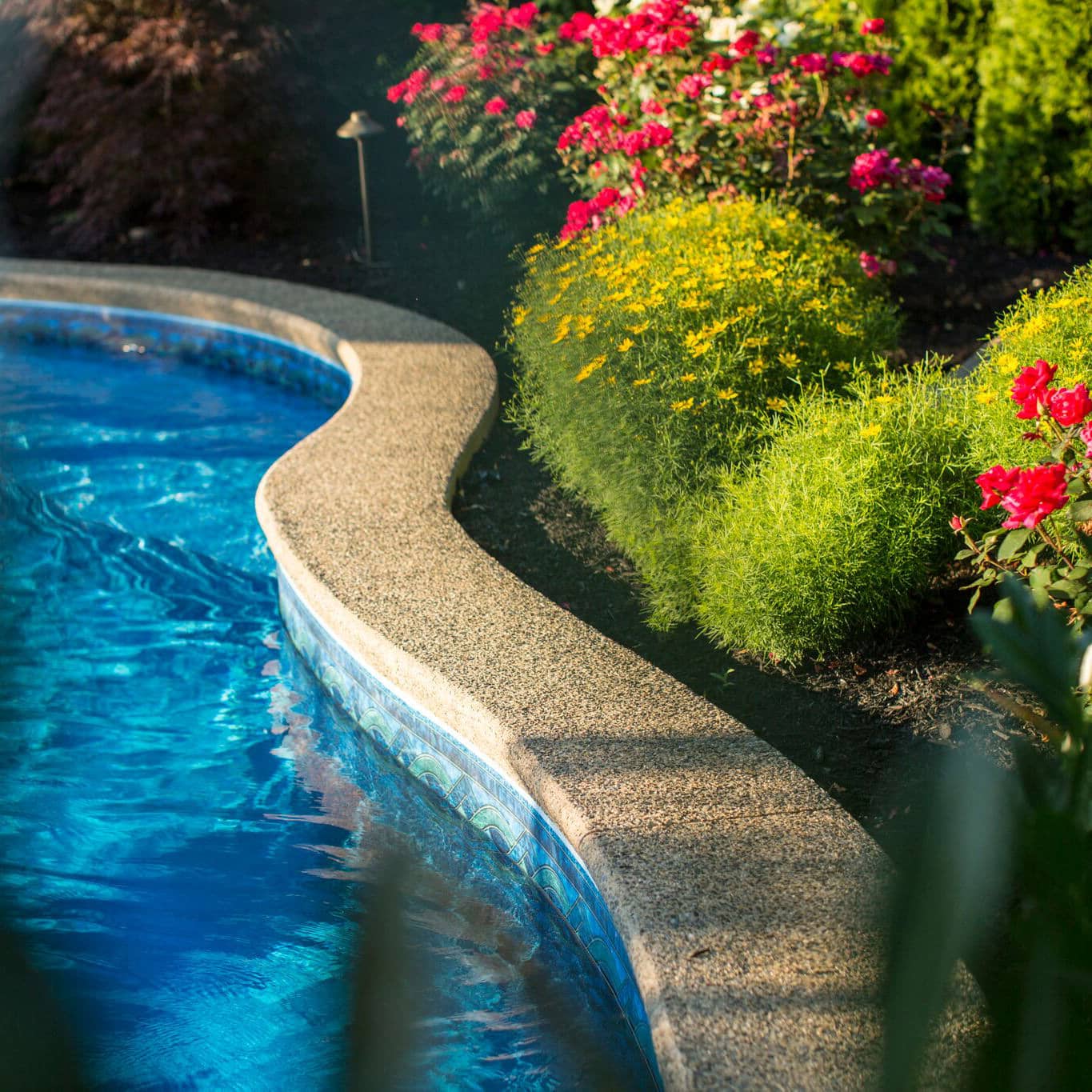
This Macungie landscape design provides the perfect balance for this professional couple and their young family…

Have you ever seen fiber optics incorporated into a concrete bar top?! Check out this amazing and custom MasterPLAN feature…

Stone, metal and wood beautifully enhance the look of this Center Valley home. Learn more about this MasterPLAN project…
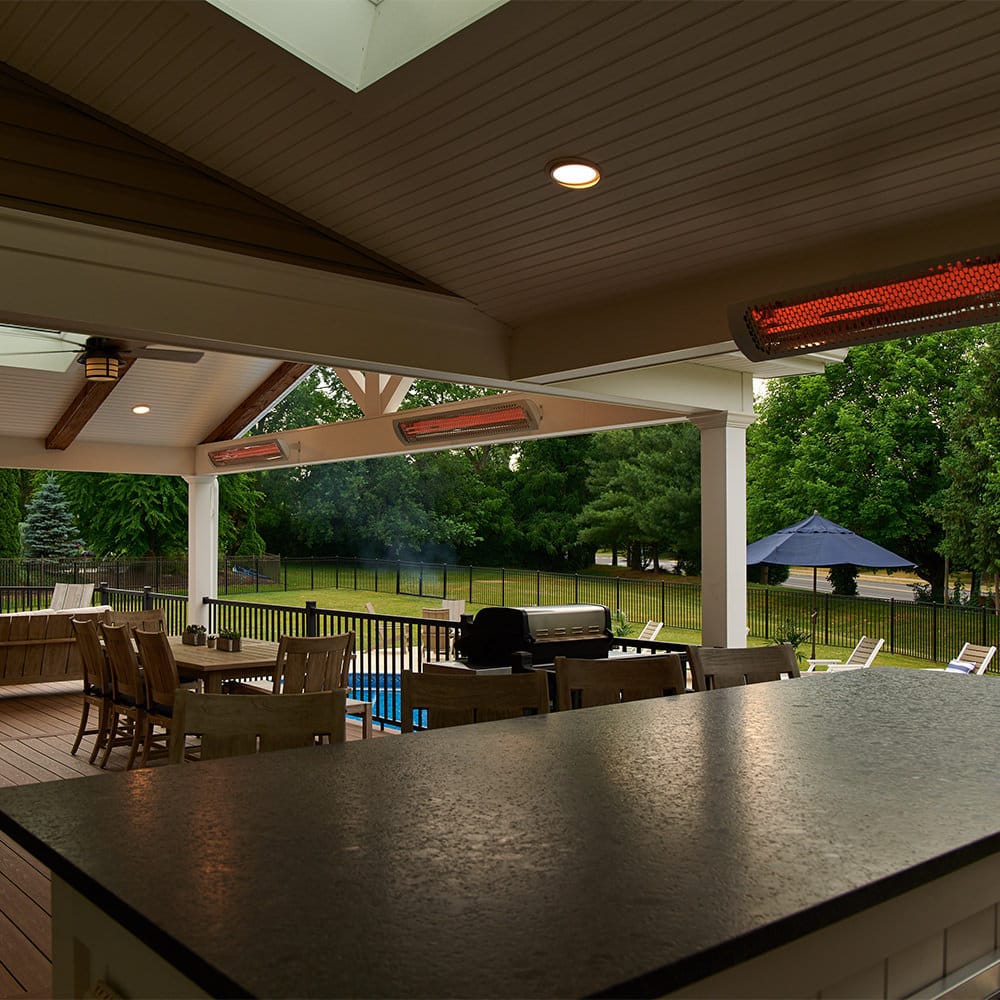
These outdoor infrared Bromic heaters are subtle in sight but very present in function. They provide an even flow of warmth to the bar area as well as the family’s dining table for a more comfortable and enjoyable day.
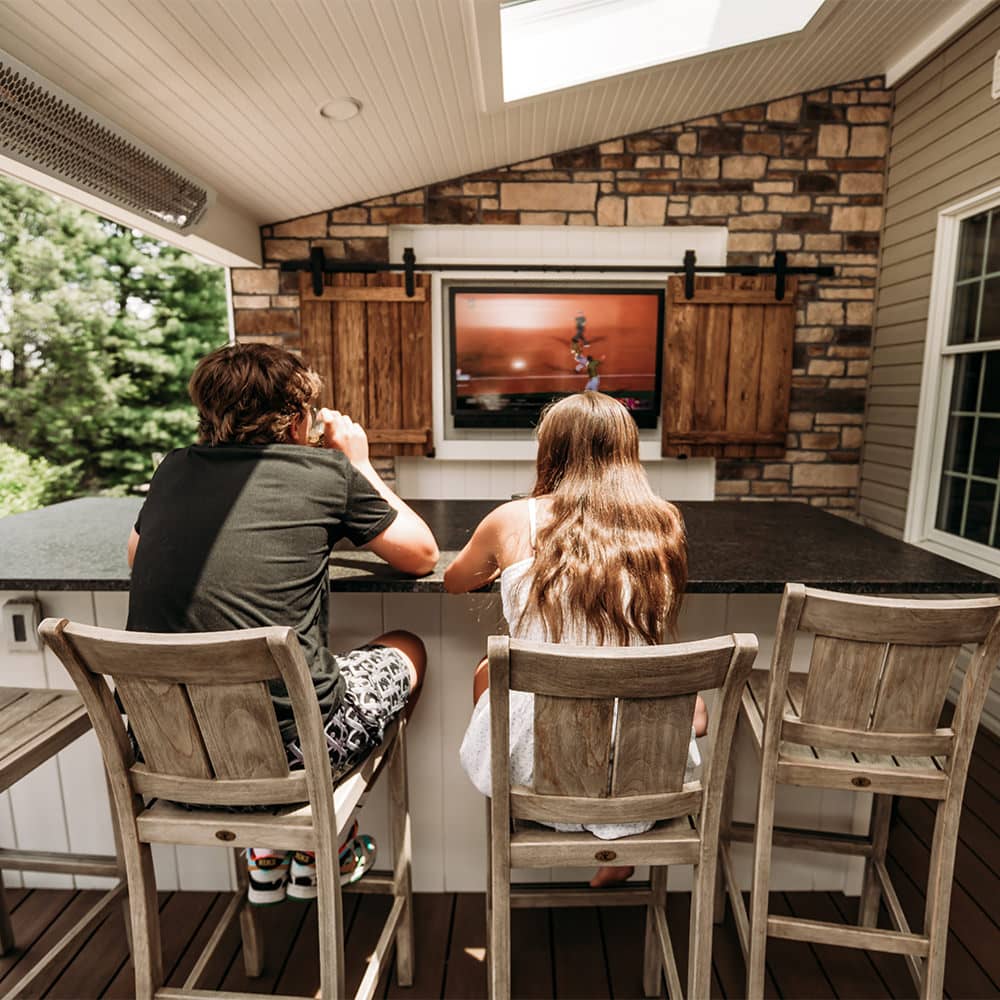
When surrounded by nature and your new outdoor living space, the only argument you’ll hear from your kids is if the runner was out or safe!

This covered seamless transition deck allows you to be on a family vacation with the open swing of the french doors!


